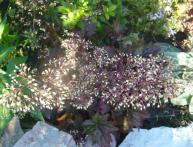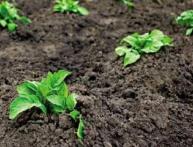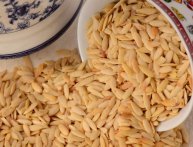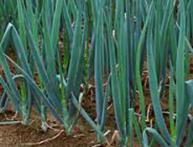We disinfect white cabbage seeds before planting.
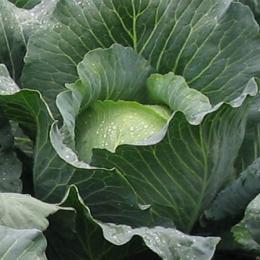
It is a good idea to disinfect white cabbage seeds before planting. Pathogenic bacteria on them can have a detrimental effect on growth. To do this, heat water in a small enamel pan to a temperature of 45 and in a large one to 55. Place a small saucepan in a large one. And place the white cabbage seeds, wrapped in canvas, into a small saucepan. The difference between temperatures will allow you to keep the seeds for 15 minutes at the required warmth. When heating, use a baby thermometer. Then remove the seeds and place them in cold water for a minute. Only if the soil is contaminated with clubroot, such disinfection will not help; additional treatment will be required. Prepare a solution of nitrophoska, 1 teaspoon per liter of water. Place the seeds in the prepared solution for 10 hours.
Early seedlings do not always grow successfully. The thing is that it is susceptible to attacks by cabbage flies. To prevent this, pour it with karbofos solution. Preferably at the root. They do the procedure twice, first when the cabbage takes root, then after a week.
For good growth, cabbage needs organic and mineral fertilizers. In the fall, fertilize the place in the garden where you plan to plant cabbage with manure. Fertilize with compost in the spring and dig in a little. Don’t forget to add potassium and phosphorus fertilizers to the soil in the spring.Cabbage has a great need for nitrogen; for early and middle varieties, two feedings are enough, and for late varieties - four.
Early varieties should be fed for three weeks, and later varieties less often. The last feeding of the early ones before the formation of heads of cabbage. And for late varieties - at the end of August.
It’s good if the predecessors of white cabbage are potatoes, cucumbers or grain crops.
A good neighborhood for cabbage and potatoes. Plant it around it. Potato tops release substances that repel whiteweed and other pests.

